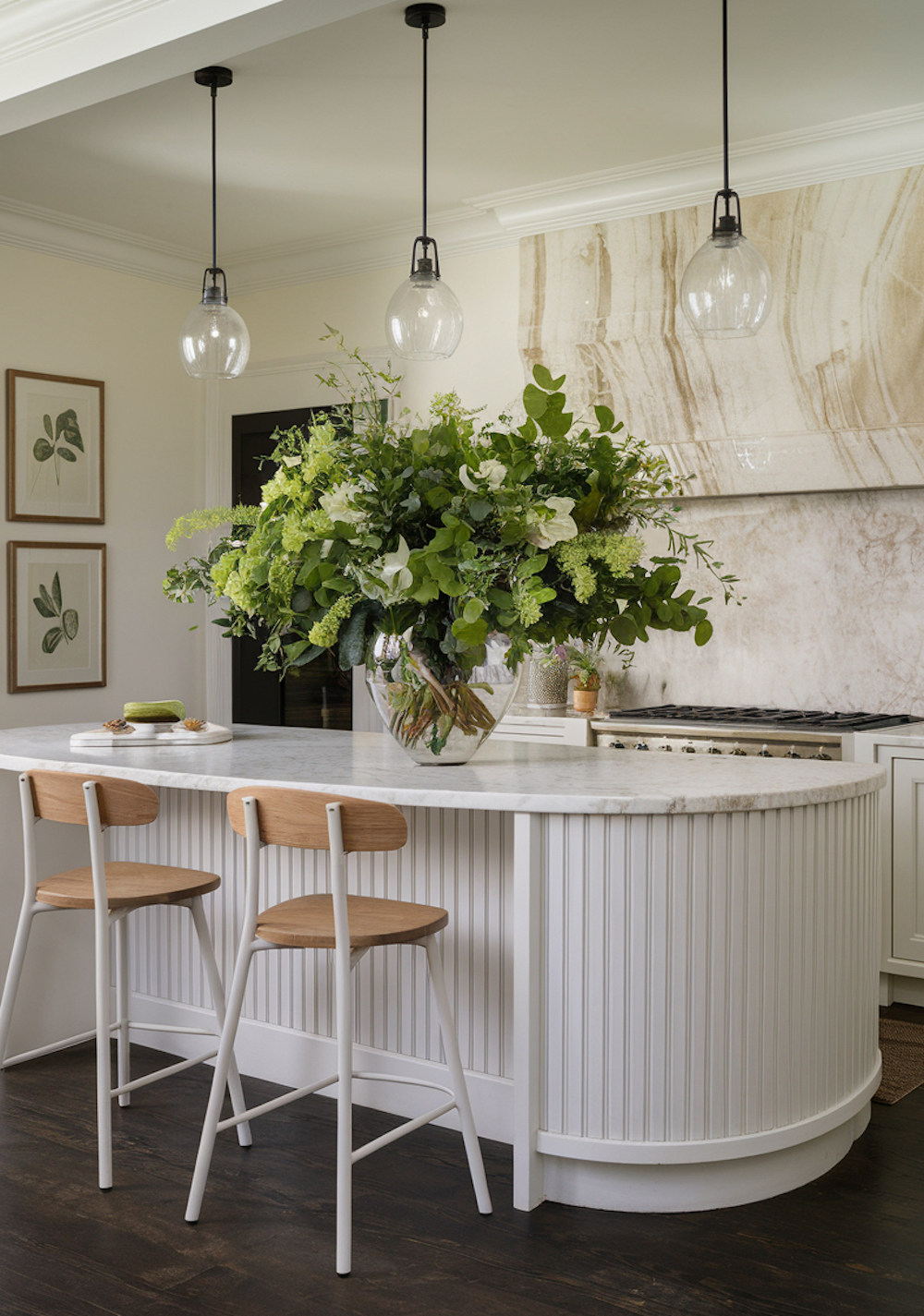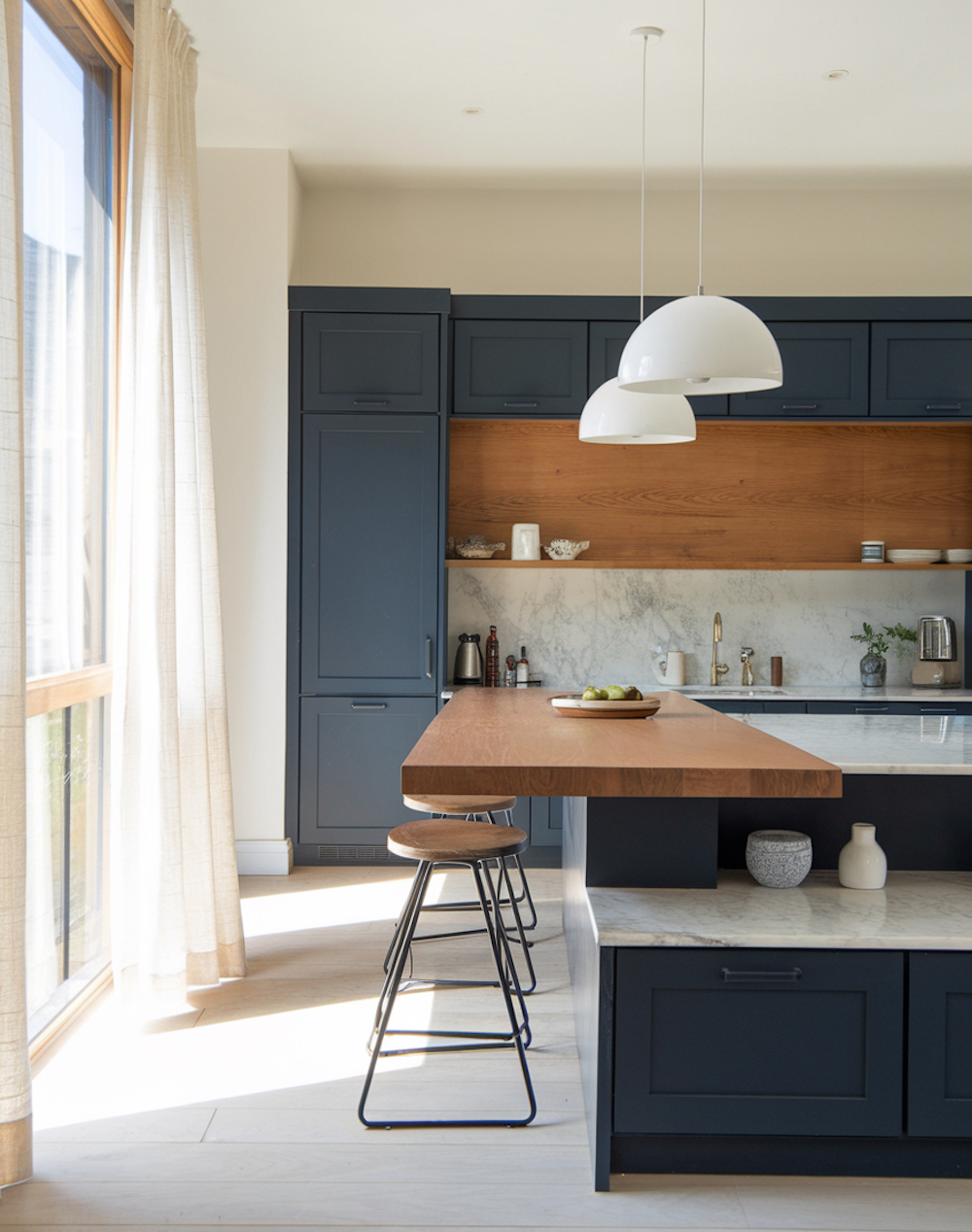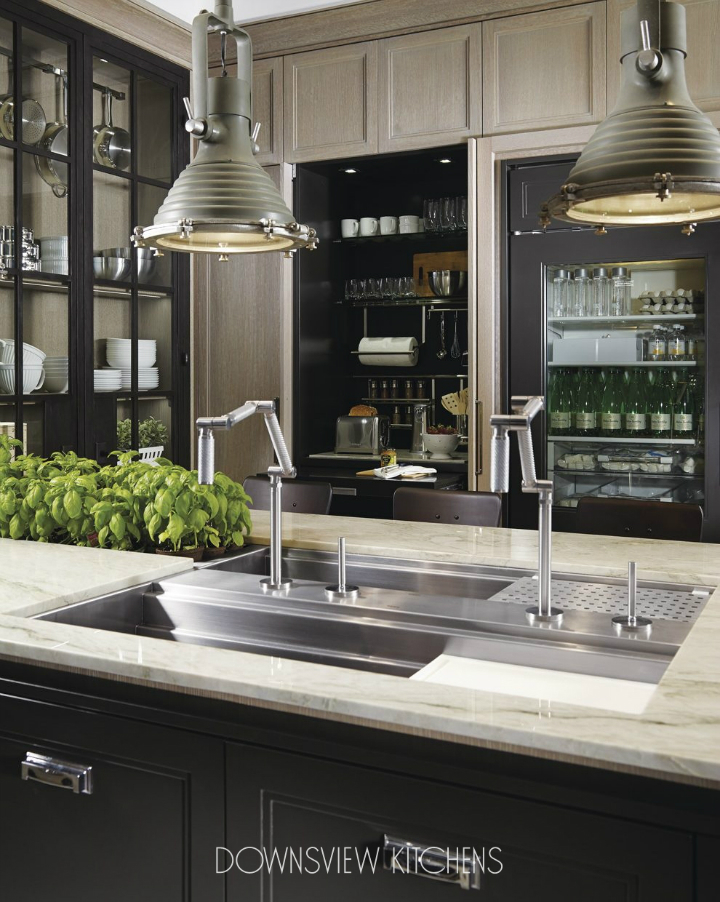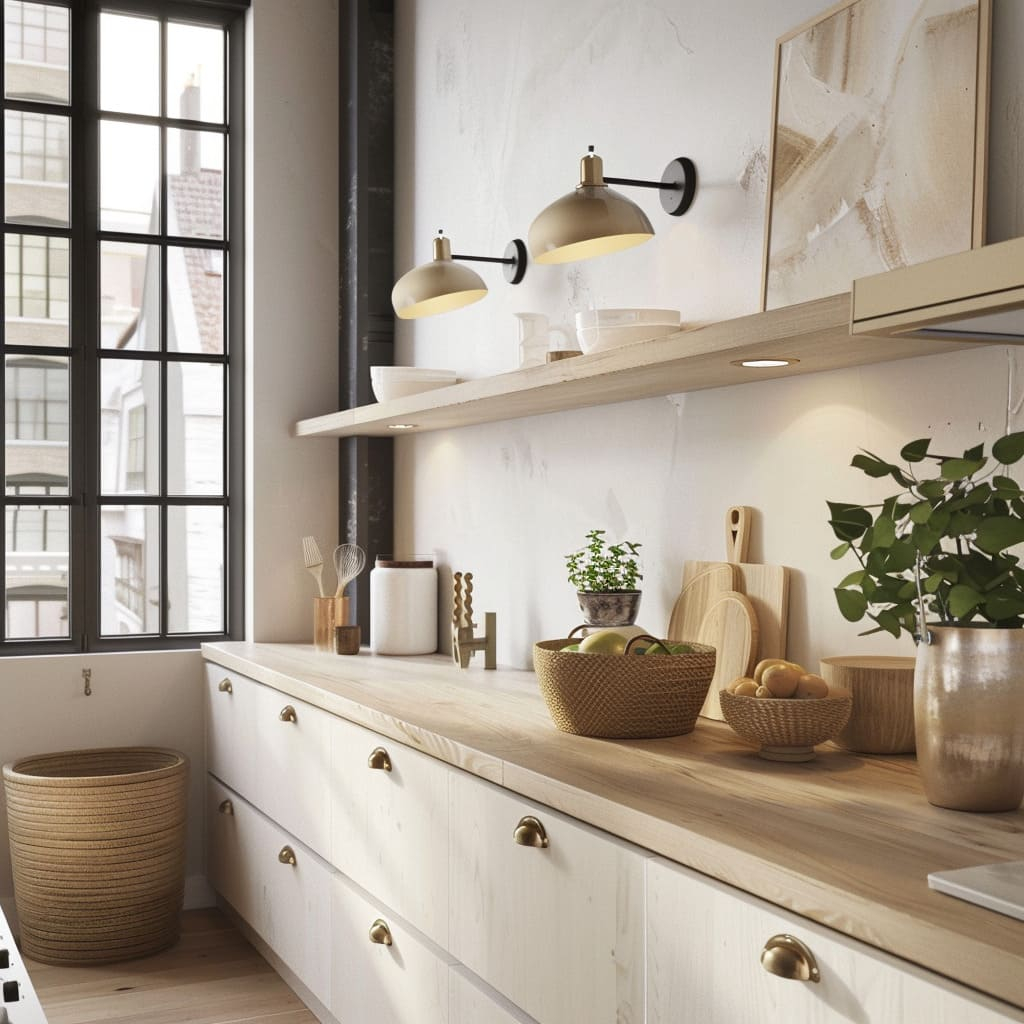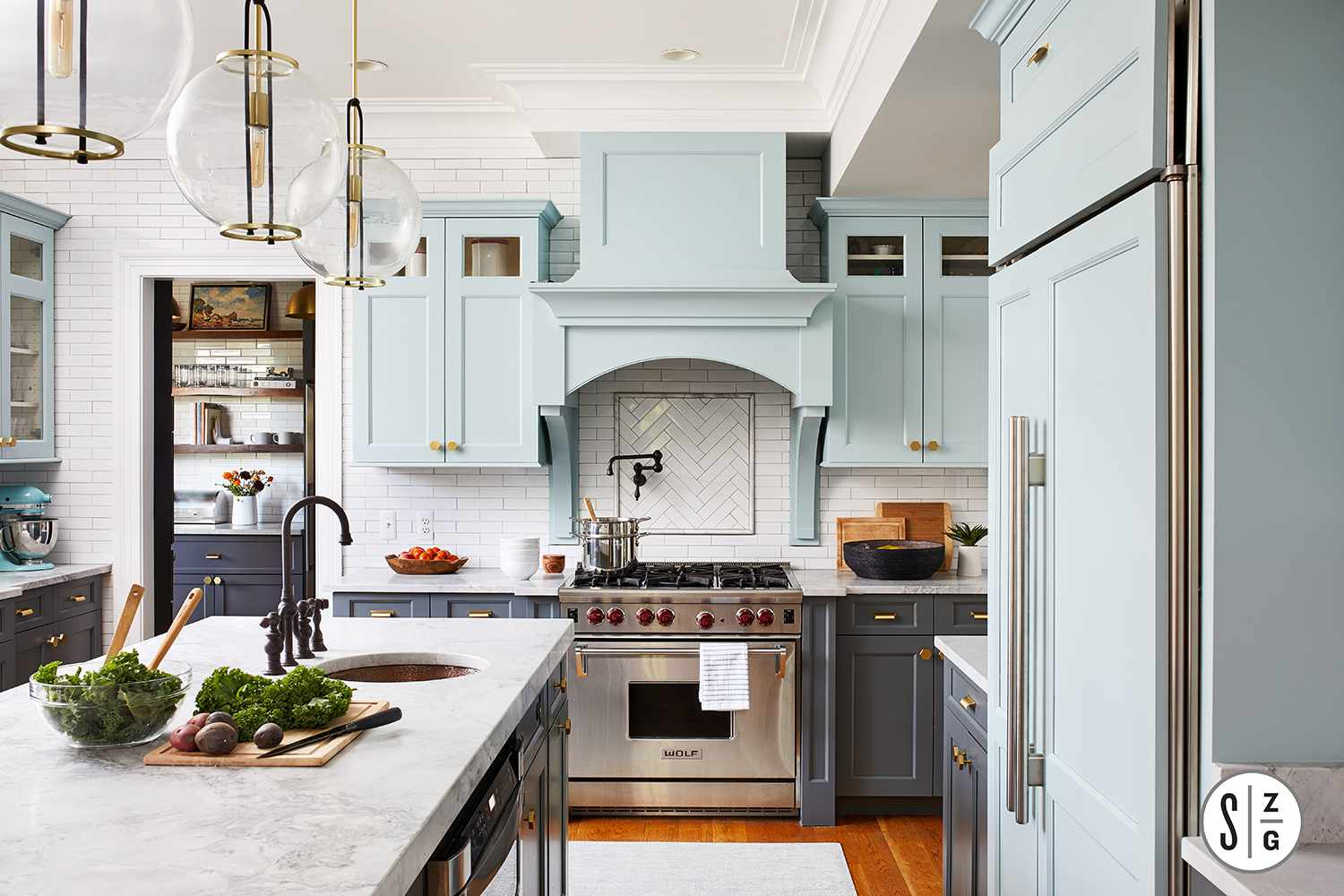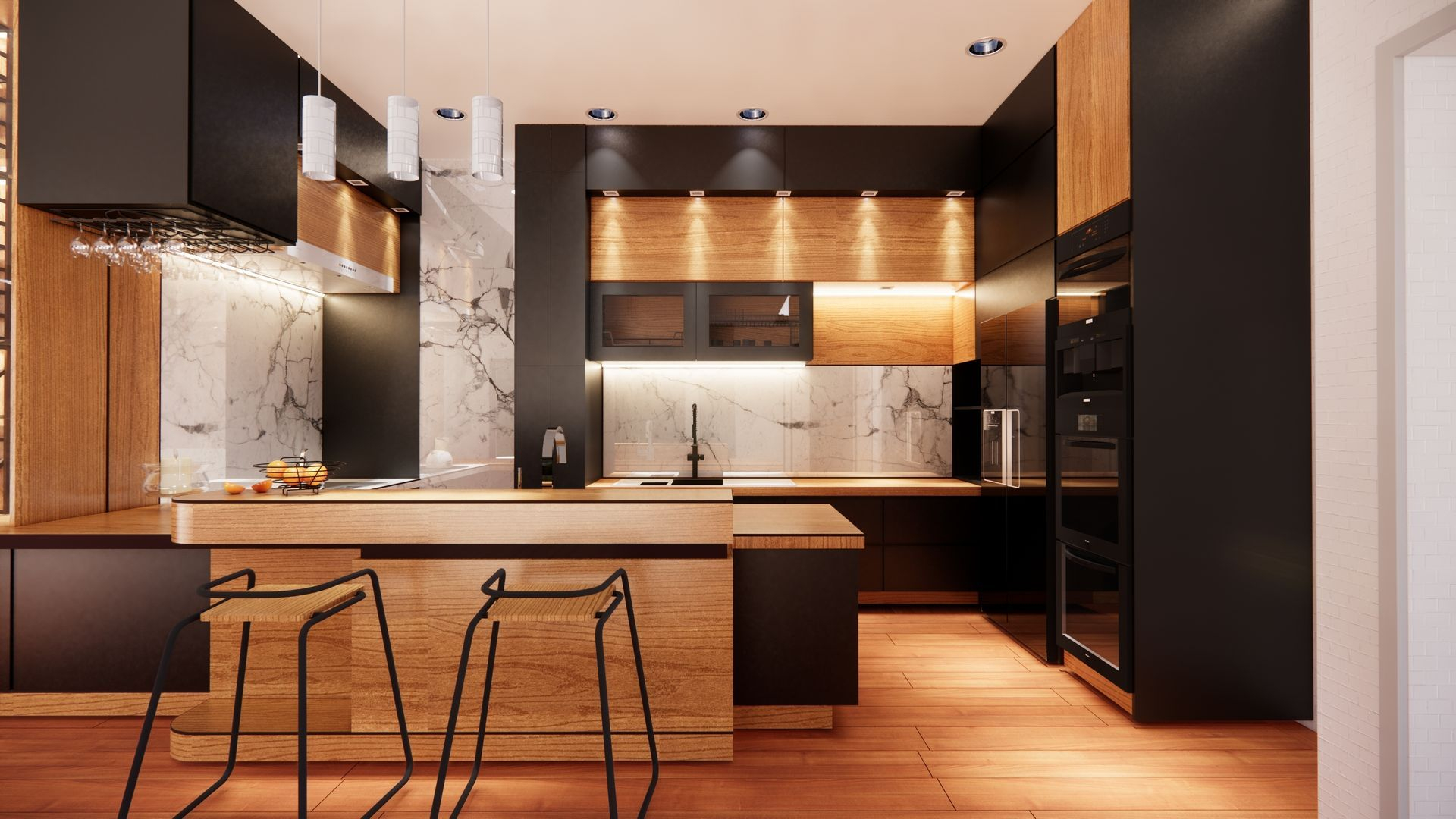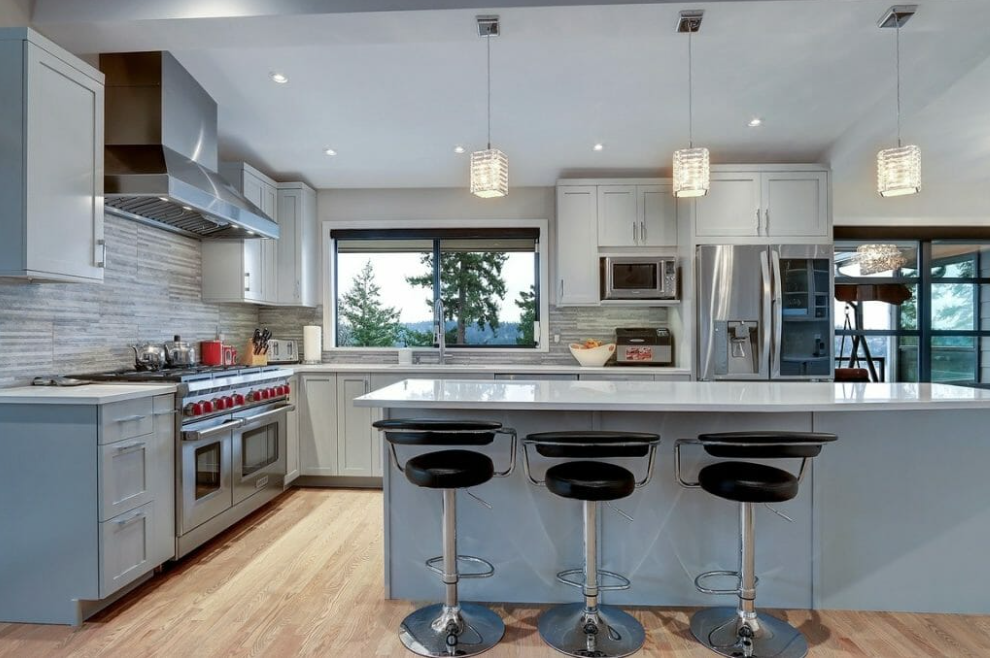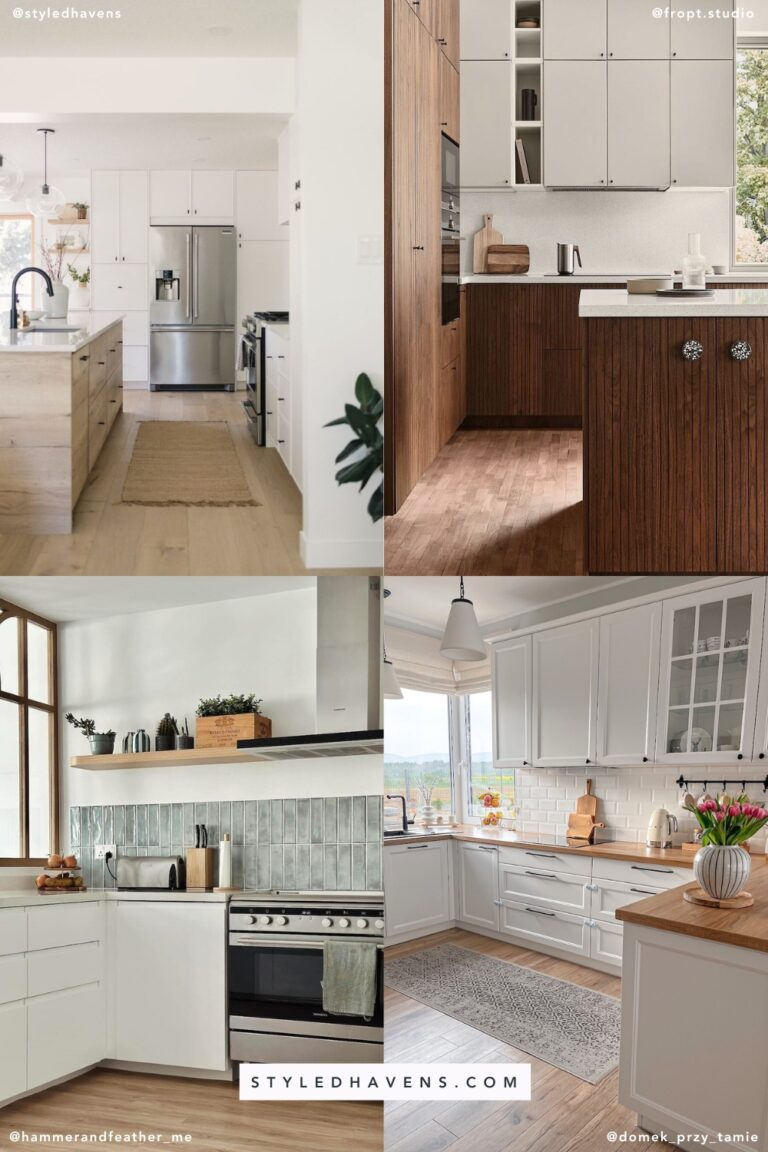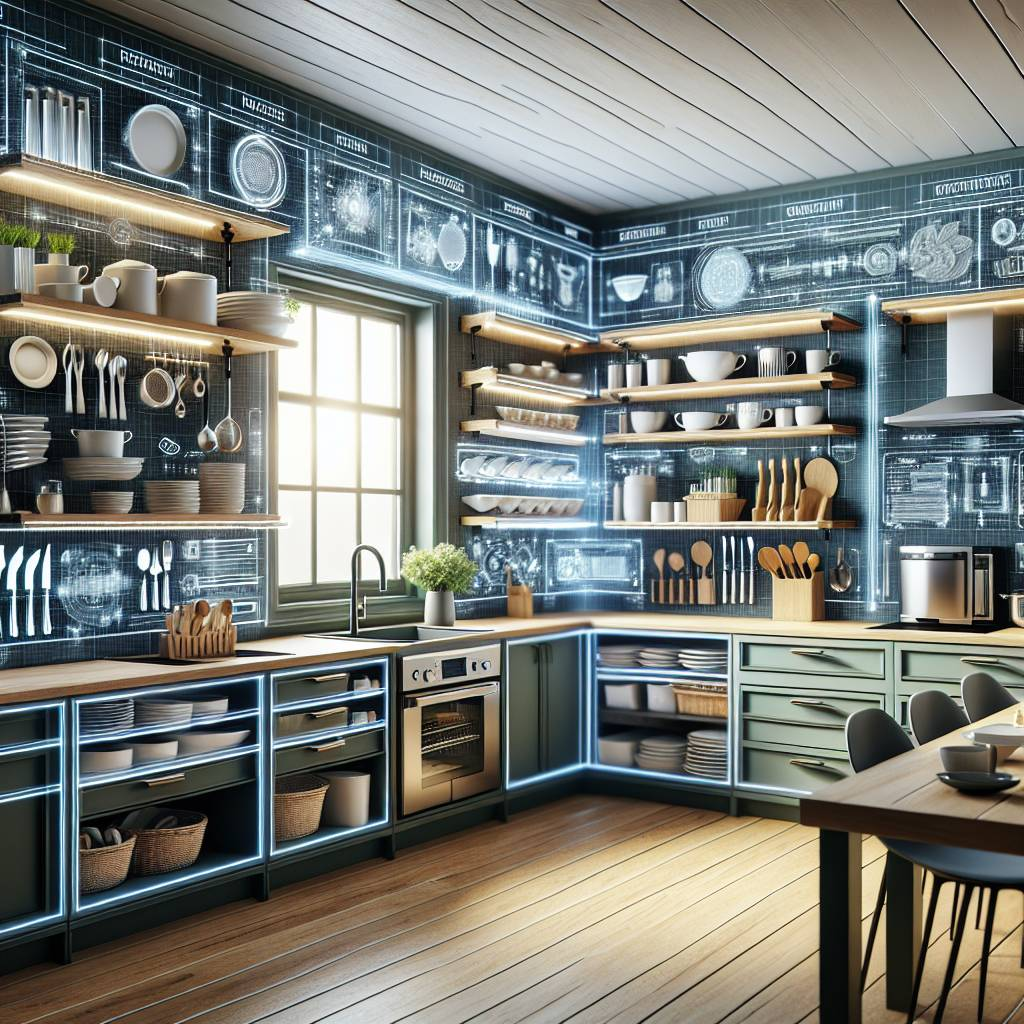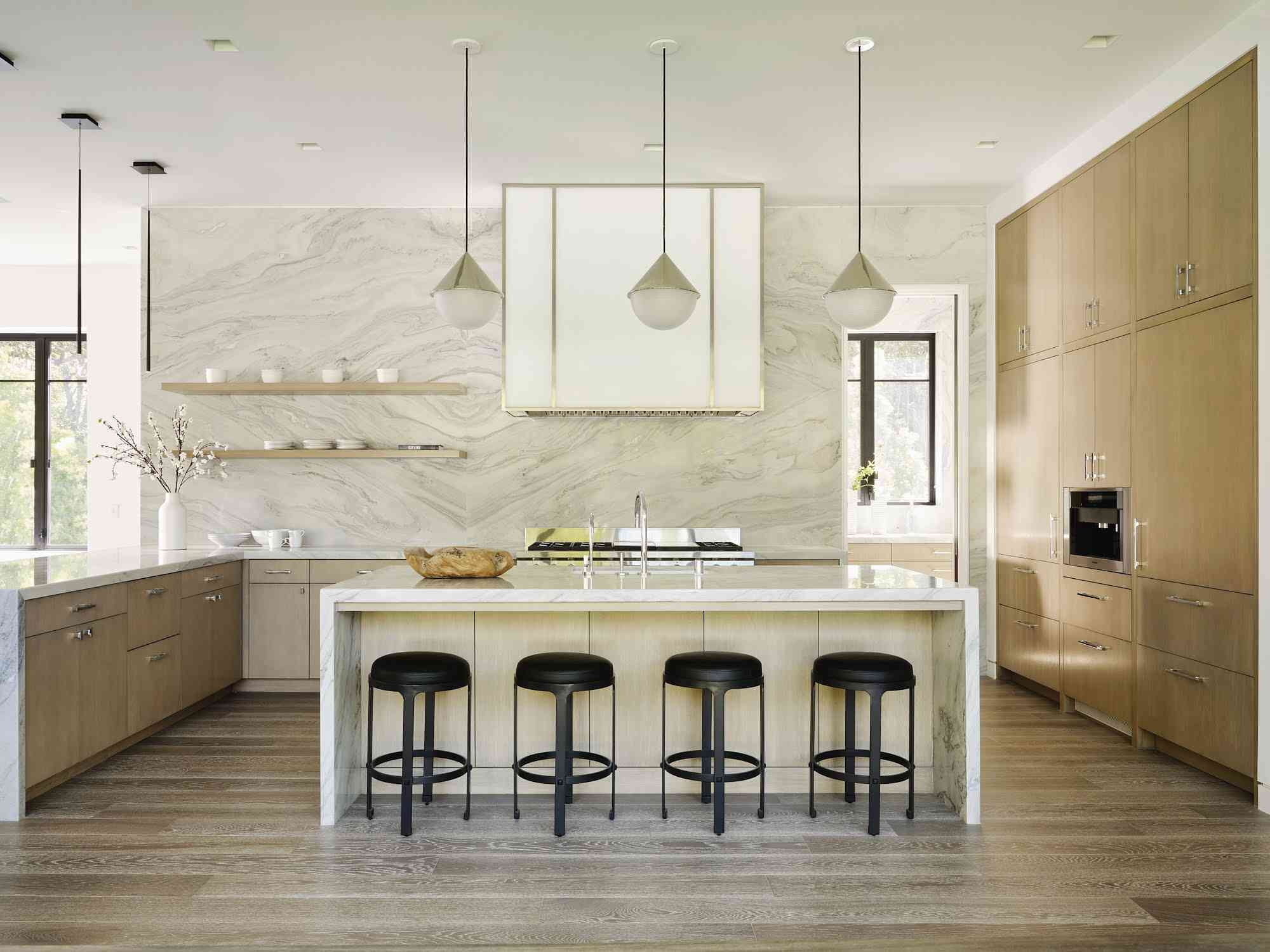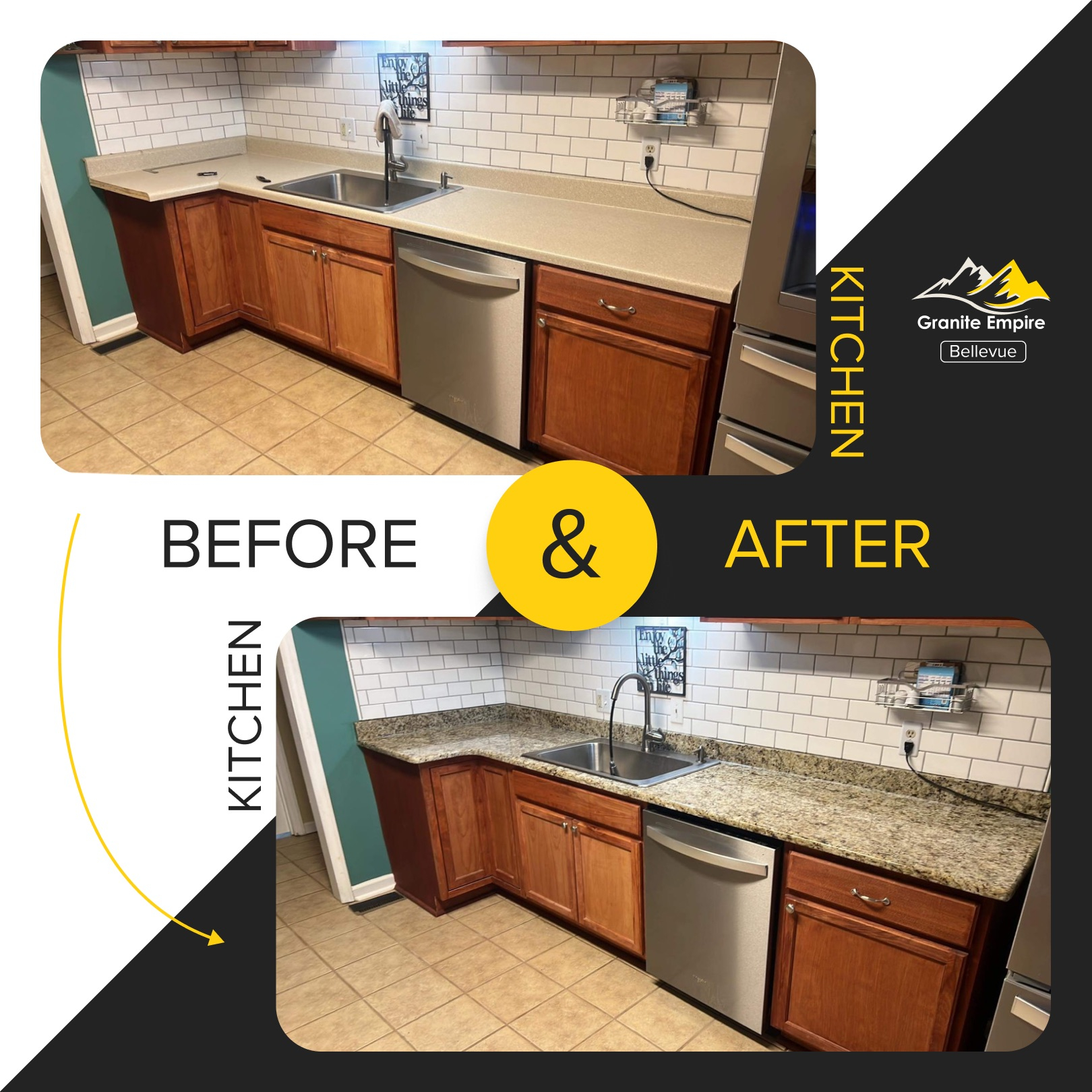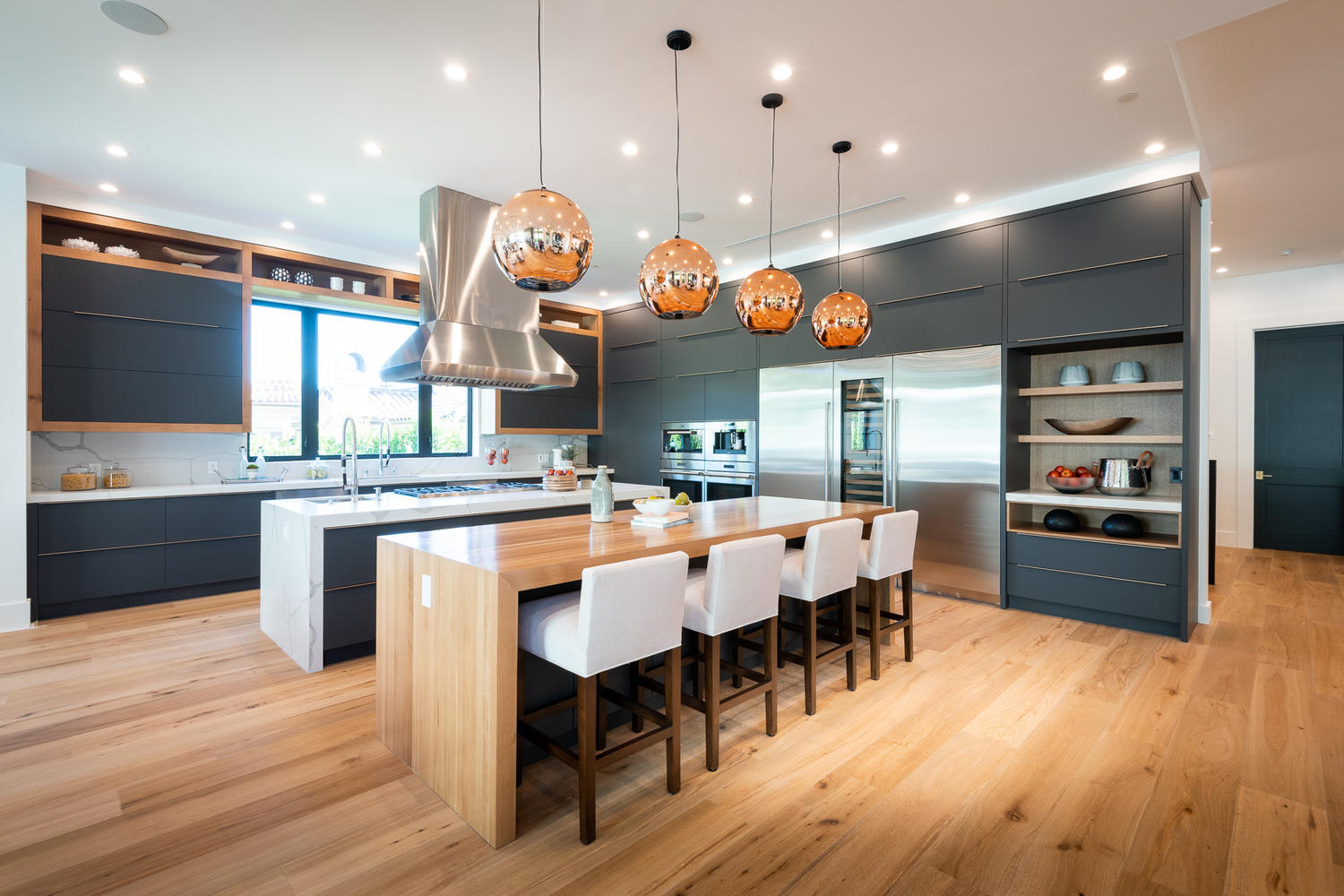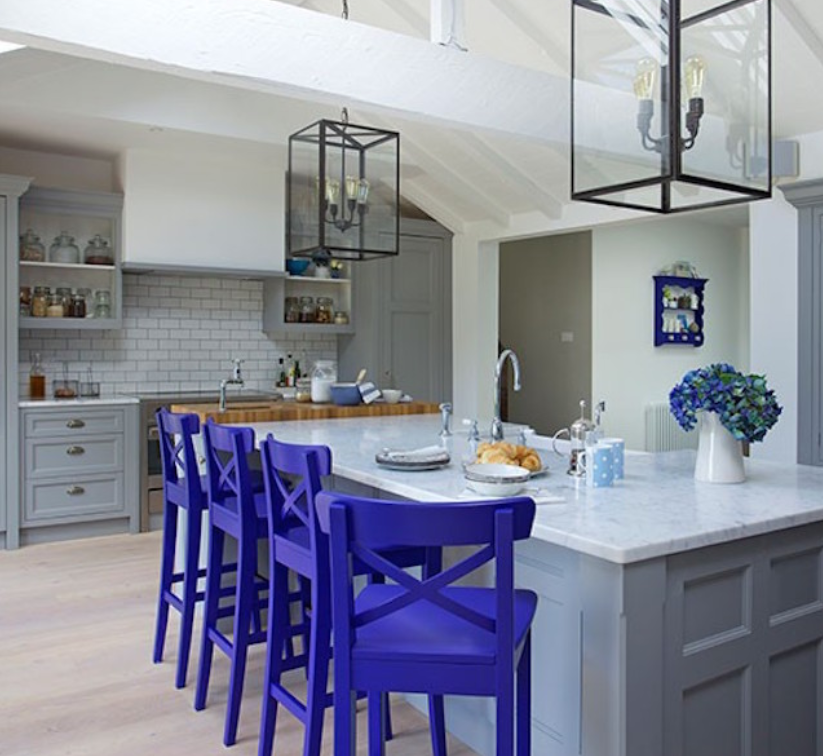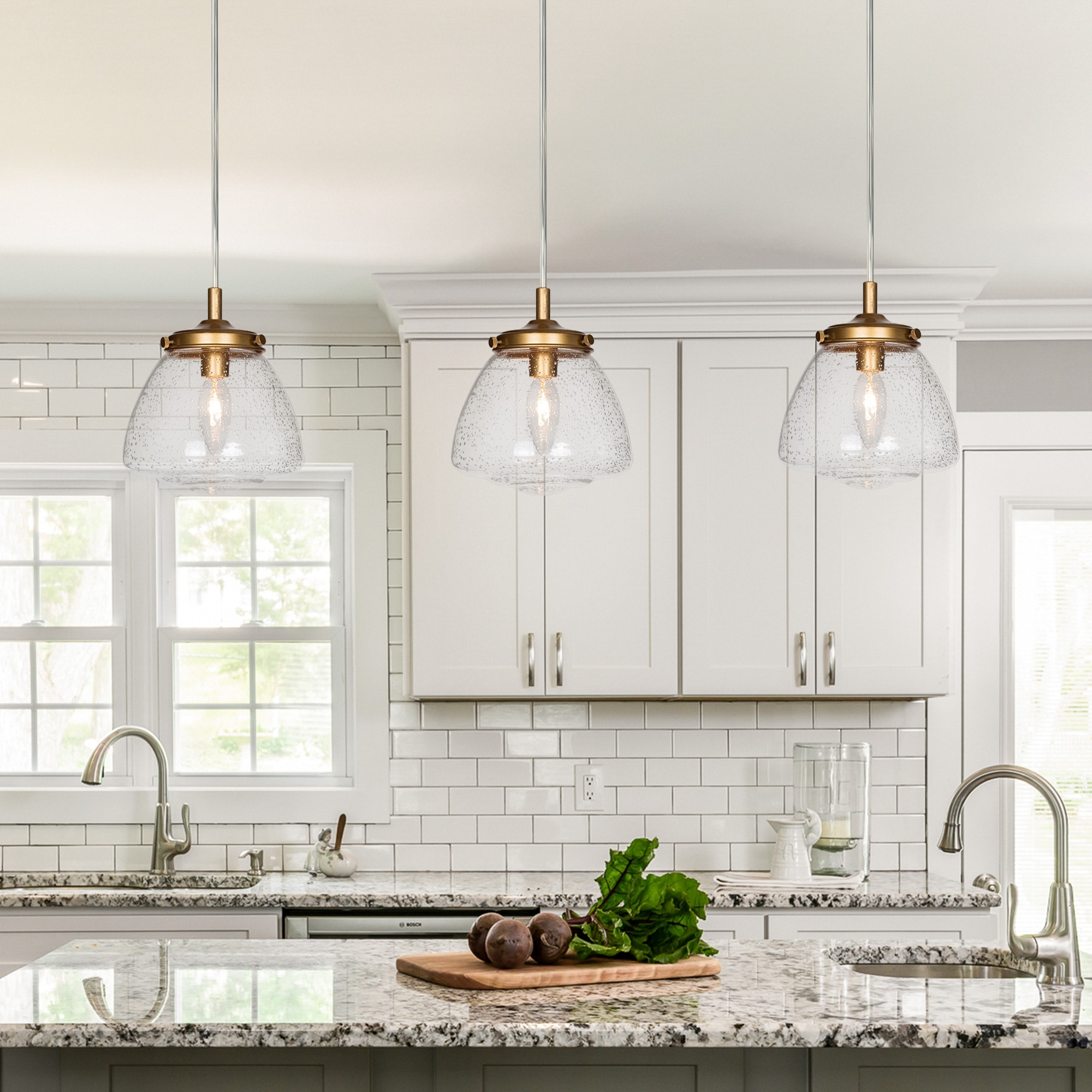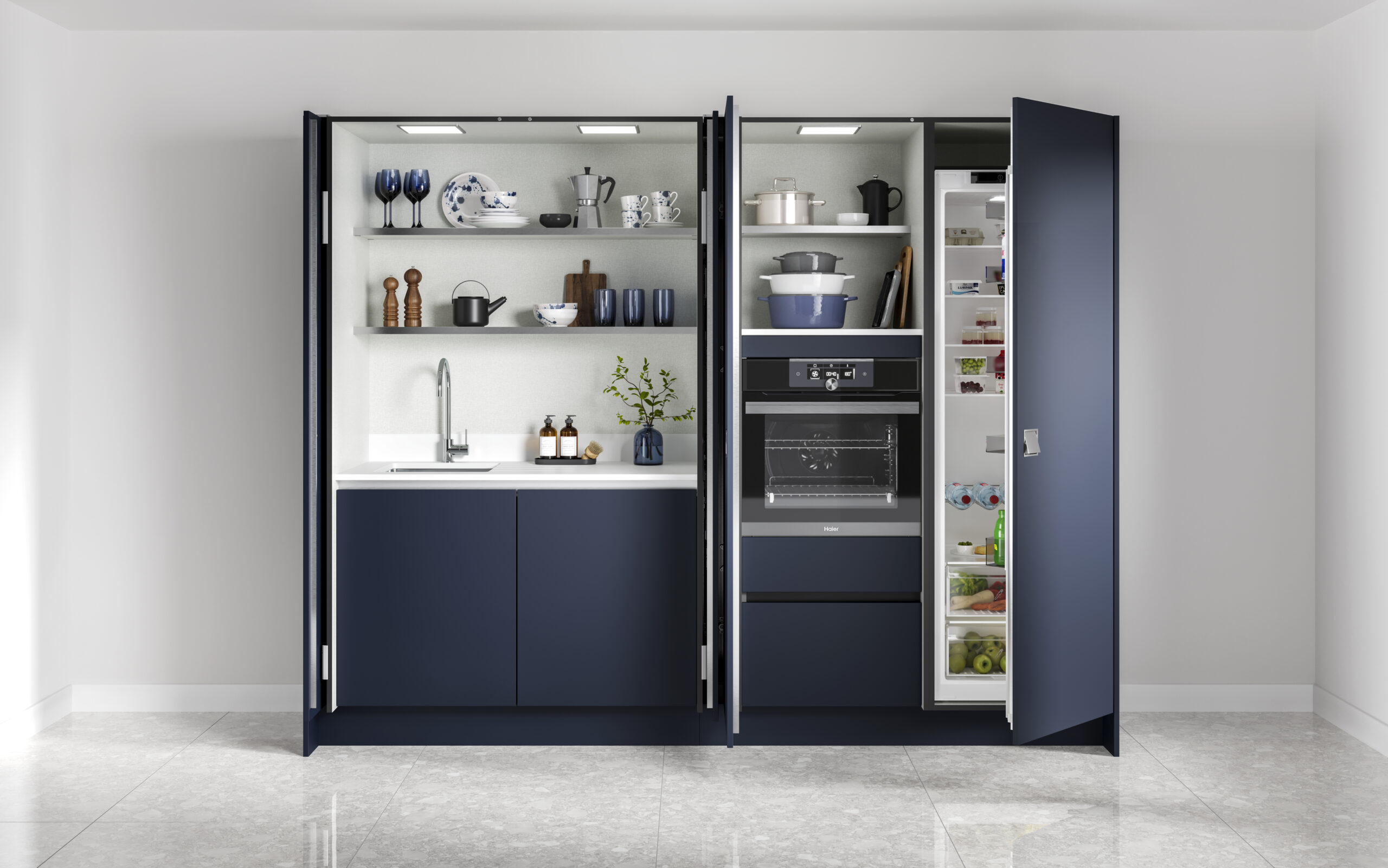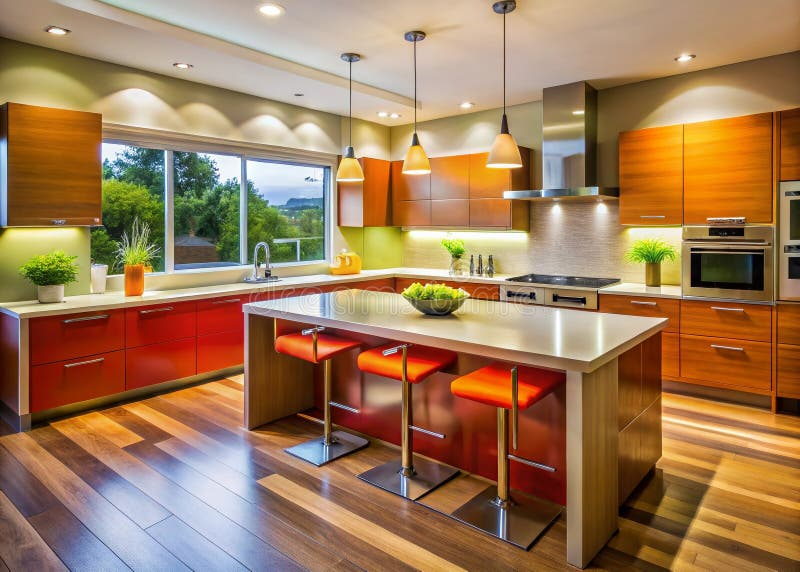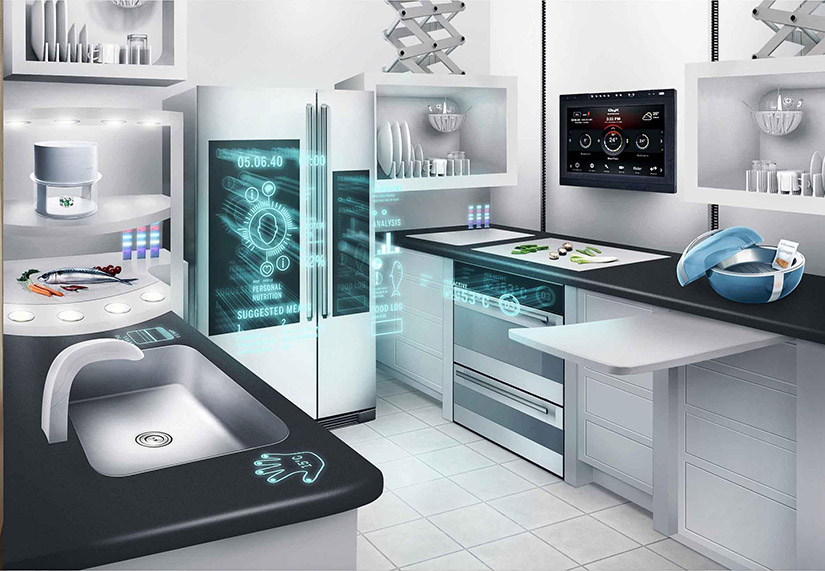Think about your kitchen for a moment. Is it where you whip up culinary masterpieces, or is it more of a morning coffee station and homework hub? Maybe it’s a bit of everything, right? The kitchen is undeniably central to our lives. It’s where meals are prepared, conversations flow, and memories are made. So, when it comes to designing or renovating this crucial space, striking that perfect blend of beautiful design and seamless everyday operation is key. It’s not just about making it look good; it’s about making it work for you, day in and day out.
Designing a kitchen that’s both a feast for the eyes and a joy to use can seem like a tall order. We’ve all seen those stunning magazine spreads, but how do you translate that aspirational style into a space that can handle the realities of family life, cooking experiments, and the general hustle and bustle? It’s about smart choices, understanding your own habits, and prioritizing elements that contribute to both form and function. Let’s dive into how you can create a kitchen that truly sings, harmonizing aesthetics with the practical demands of your daily routine.
Understanding Your Kitchen’s Workflow
Before you even think about cabinet colors or countertop materials, take a good, hard look at how you actually use your kitchen. Are you a gourmet chef who needs ample prep space and specialized storage? Or perhaps you’re more of a quick meal preparer who values efficient access to appliances and easy cleanup. Mapping out your typical kitchen activities, from unloading groceries to cleaning up after dinner, is crucial. This workflow analysis helps you place key elements – like the sink, refrigerator, and stove – in a logical sequence, often referred to as the ‘work triangle’ or ‘work zones.’ This arrangement minimizes unnecessary steps and makes cooking and cleanup significantly smoother. For instance, keeping your primary prep area near the sink and stove, with easy access to spices and utensils, drastically improves efficiency.
Prioritizing Practicality in Cabinetry and Storage
Cabinets are the backbone of any kitchen, and their design profoundly impacts both usability and appearance. Think beyond just doors and drawers; consider the types of storage you need. Deep drawers are fantastic for pots and pans, making them easy to access without a struggle. Pull-out shelves in upper cabinets can save you from rummaging around. And don’t forget about specialized storage solutions like spice racks, built-in cutting boards, or trash and recycling bins. When it comes to style, a mix of open shelving and closed cabinets can create visual interest and provide practical display space for your favorite items, while keeping clutter hidden. The material and finish also play a role; durable finishes are a must for high-traffic areas, and easy-to-clean surfaces are always a win.
Countertop Considerations: Durability Meets Design
Your countertops are a major visual element, but they also bear the brunt of daily kitchen activities. Selecting the right material is a balancing act. Granite and quartz are popular for their durability and resistance to heat and scratches, making them excellent choices for busy kitchens. However, materials like marble, while stunning, can be more prone to etching and staining, requiring more careful maintenance. Consider your lifestyle. If you’re a frequent baker who needs a cool, stable surface, a butcher block might be appealing, but it will require regular sealing. Think about the edge profiles, too – a rounded edge is safer for families with young children than a sharp, square one. The color and pattern of your countertop can also tie the entire kitchen design together, so choose wisely.
Lighting: The Unsung Hero of Kitchen Design
Good lighting is absolutely essential, not just for functionality but also for setting the mood. A layered lighting approach is best. You need ambient lighting for general illumination, task lighting for specific work areas like countertops and the stove, and accent lighting to highlight features or create atmosphere. Under-cabinet lighting is a game-changer for food preparation, eliminating shadows and making your workspace brighter and safer. Pendant lights over an island or dining area add a stylish focal point, while dimmable fixtures allow you to control the ambiance. Don’t underestimate the impact of natural light, either; maximizing windows and keeping them unobstructed can make a huge difference.
Appliance Placement and Ergonomics
Where you place your appliances can significantly impact your kitchen’s usability. Think about ergonomics – how easily can you reach and operate them? For instance, placing the oven and microwave at eye level, rather than relying solely on a lower range oven, can be much more comfortable. Consider the flow of traffic around frequently used appliances. You don’t want the dishwasher door blocking access to the refrigerator when it’s open. Integrated appliances can offer a sleek, seamless look, but ensure they are still easily accessible and maintainable. And always consider the size and capacity of your appliances relative to your household needs; an oversized refrigerator might look impressive but could be inefficient for a smaller family.
Material Choices: Balancing Aesthetics, Durability, and Maintenance
The materials you choose for your cabinets, countertops, flooring, and backsplash all contribute to the overall look and feel, but their practicality is just as important. For flooring, consider durability and ease of cleaning. Tile and luxury vinyl plank are excellent options, offering a good balance of style and resilience. For backsplashes, materials like ceramic or glass tiles are not only beautiful but also easy to wipe down. When selecting finishes, think about how they’ll hold up to grease splatters, spills, and general wear and tear. A matte finish might look sophisticated, but a semi-gloss or satin finish can be easier to clean. It’s all about finding materials that align with your aesthetic vision while also being robust enough for everyday life.
Creating a kitchen that perfectly balances style and everyday use is an achievable goal. By focusing on your personal workflow, prioritizing smart storage solutions, selecting durable and beautiful materials, and paying attention to lighting and appliance placement, you can design a space that not only looks incredible but also functions flawlessly. Remember, the best kitchen is one that supports your lifestyle and brings you joy every time you step into it. It’s a significant undertaking, but with careful planning and a focus on both form and function, your dream kitchen is well within reach.



